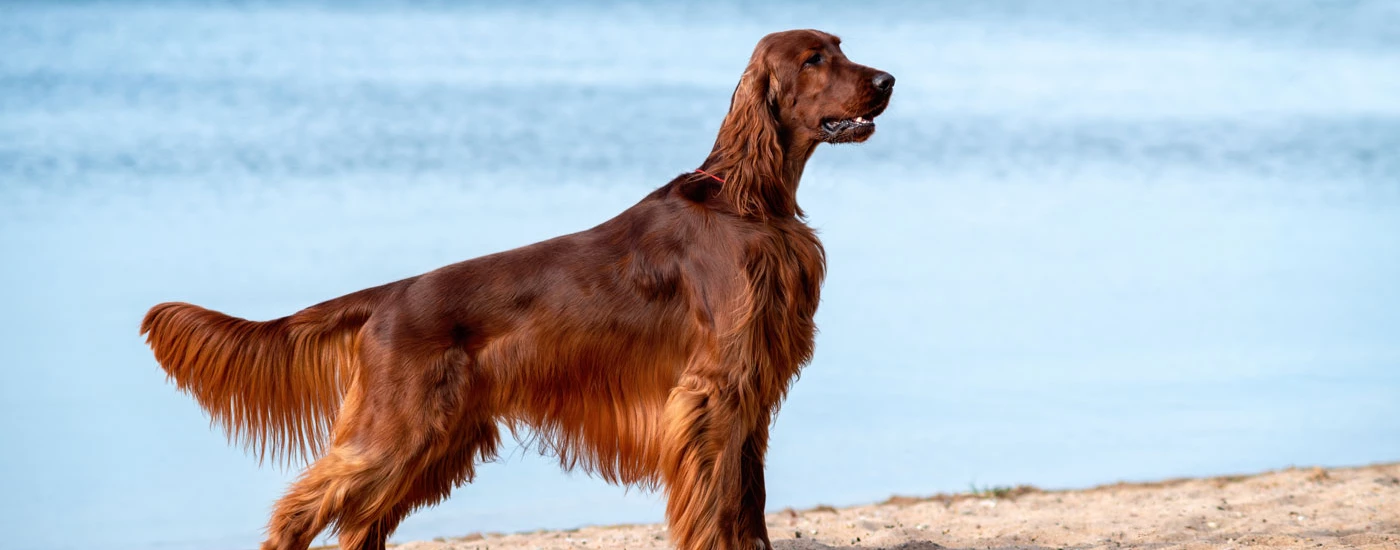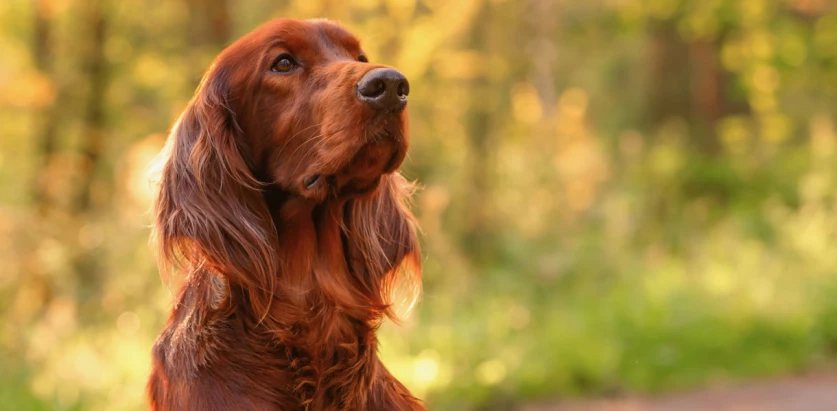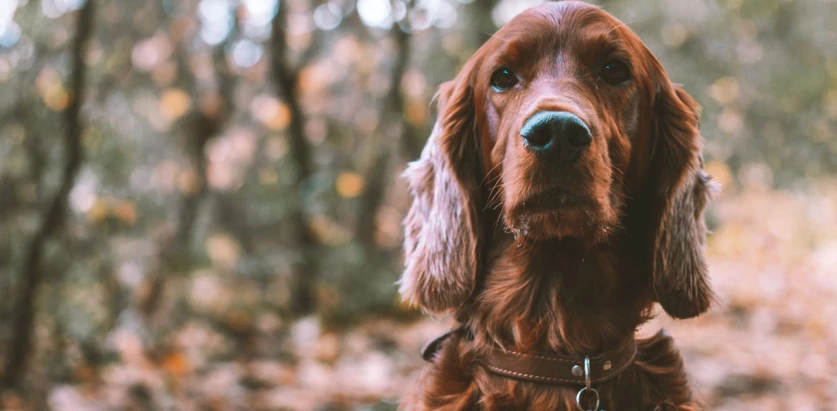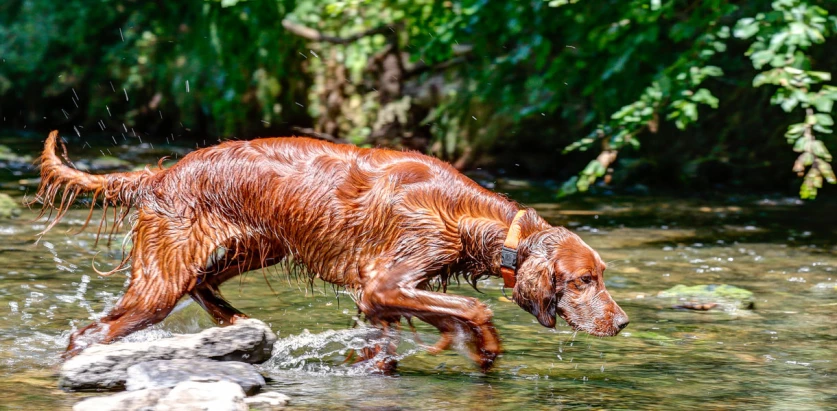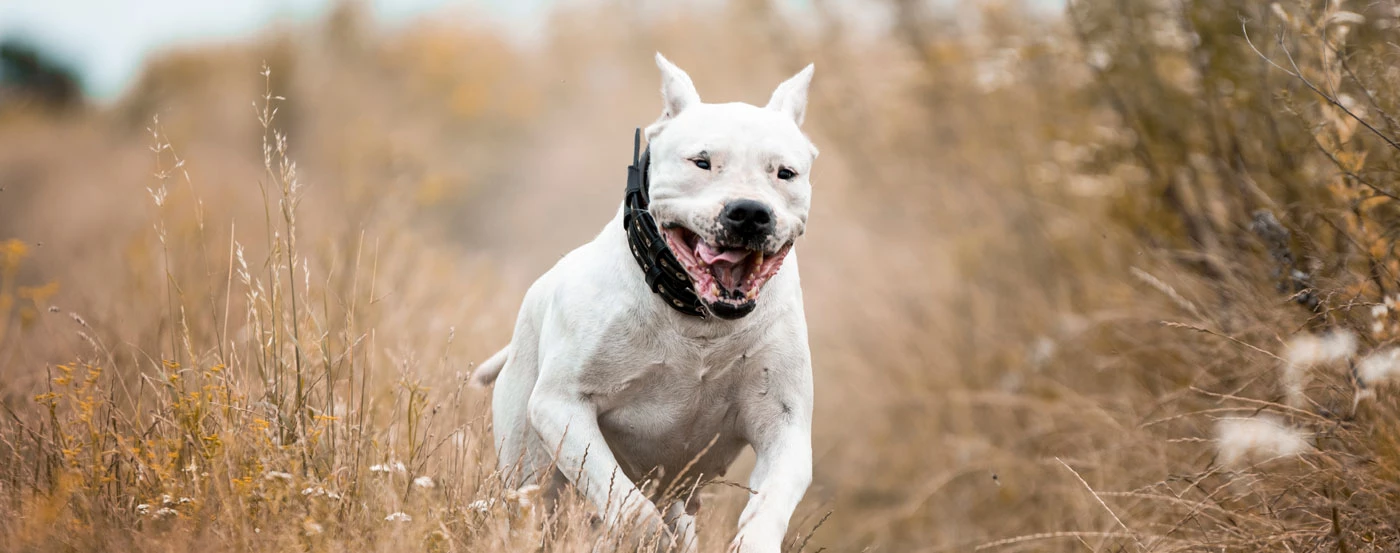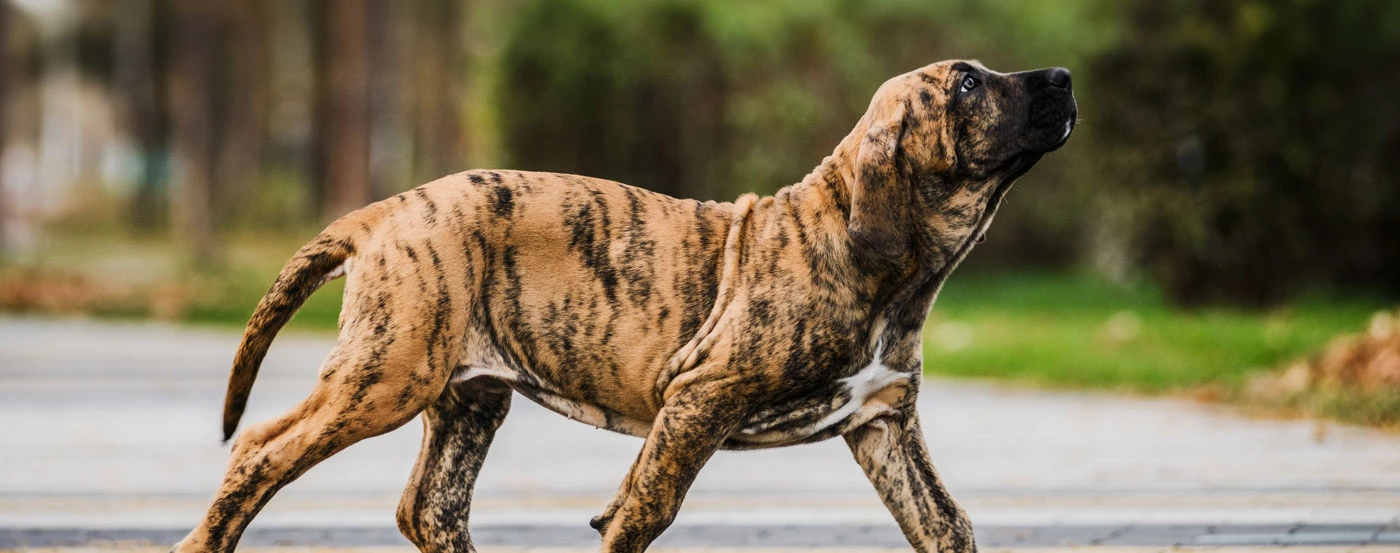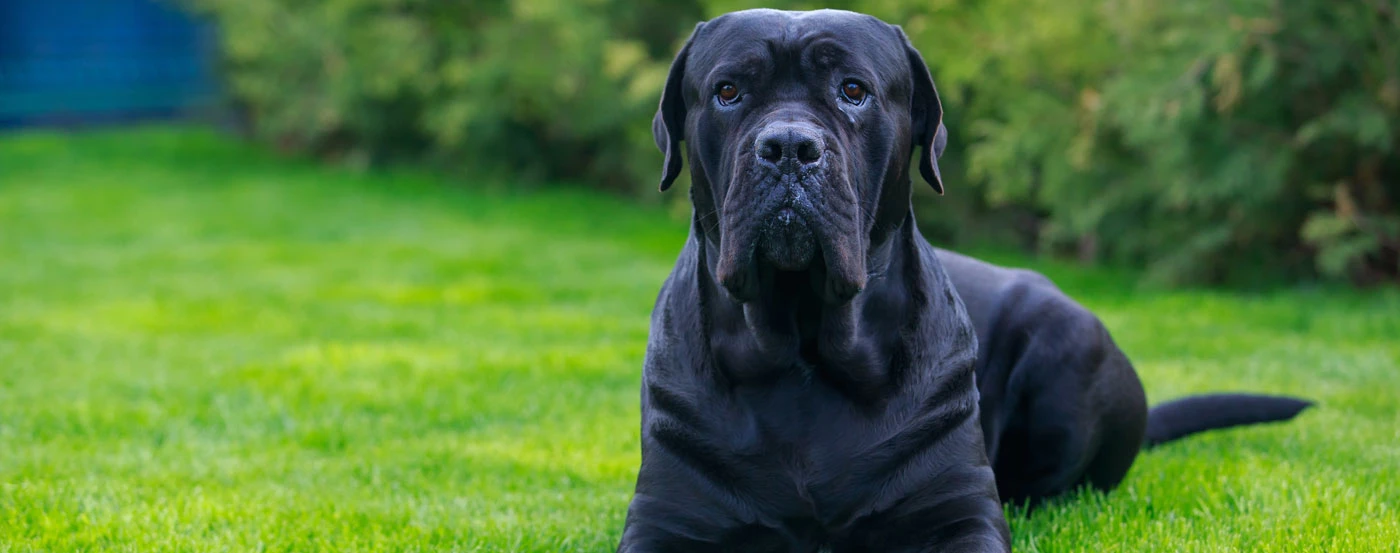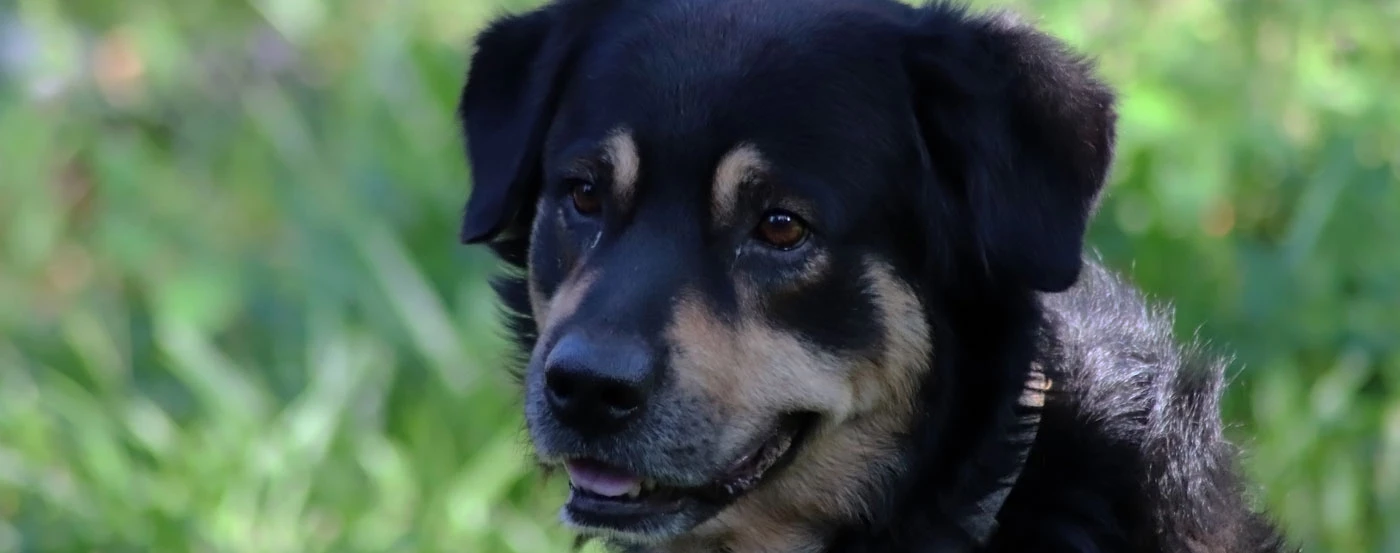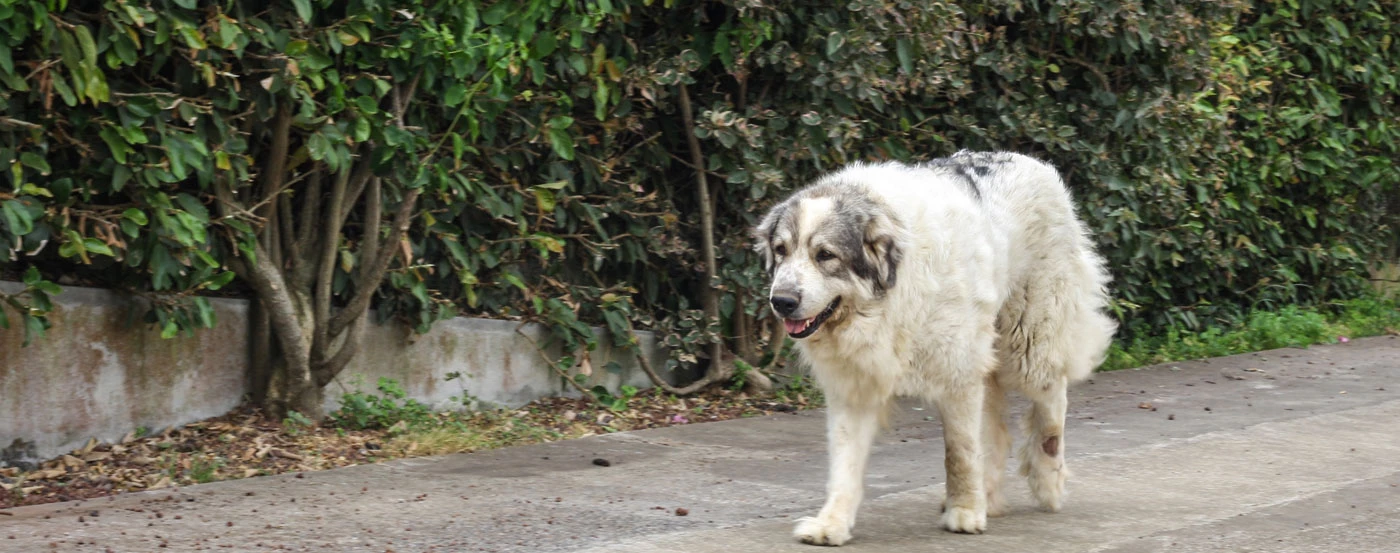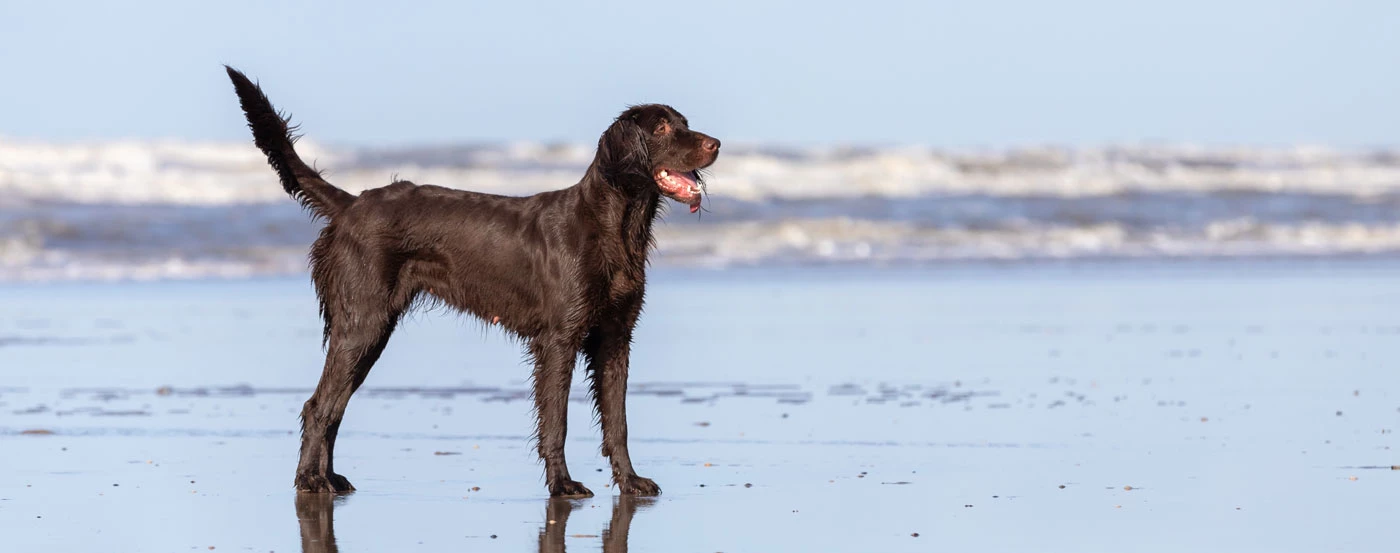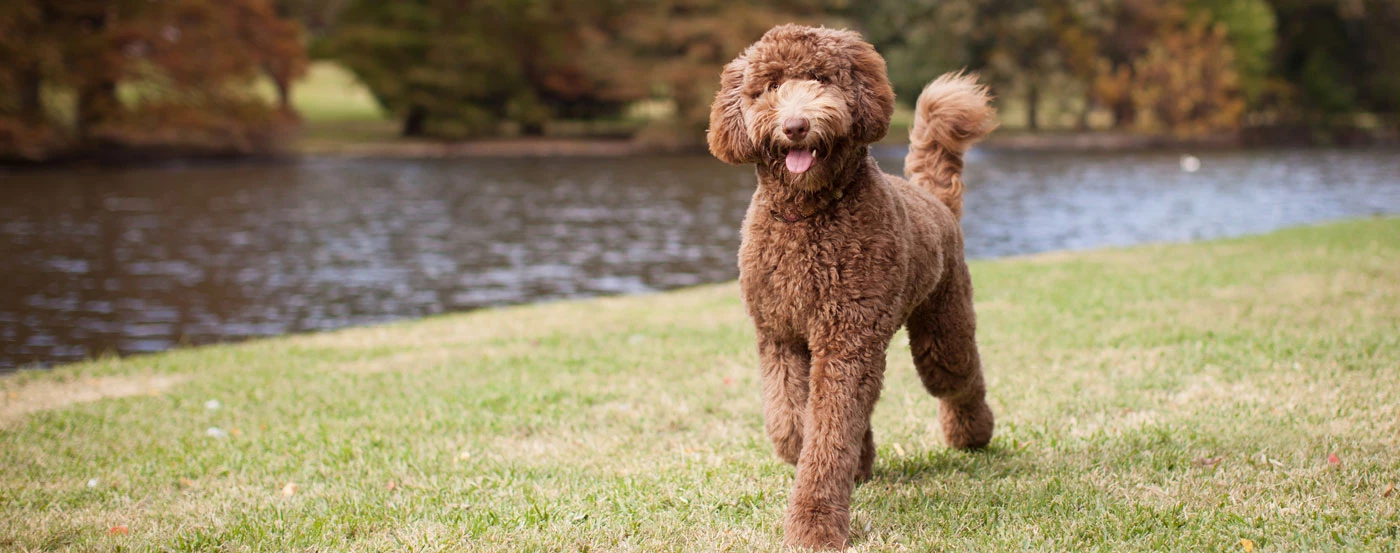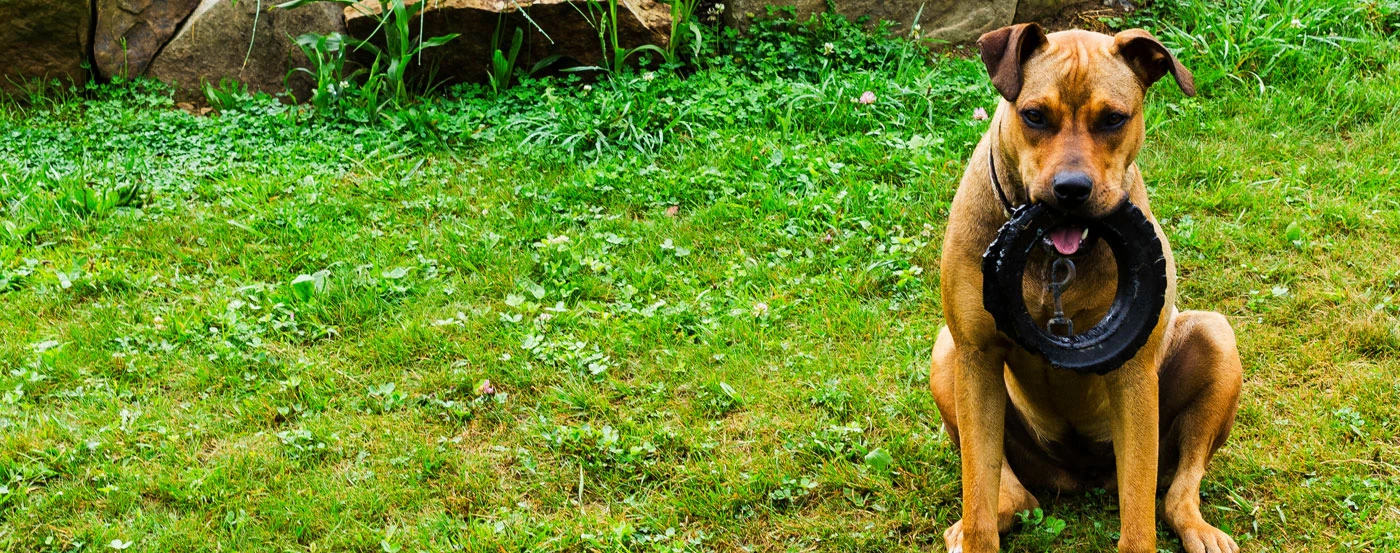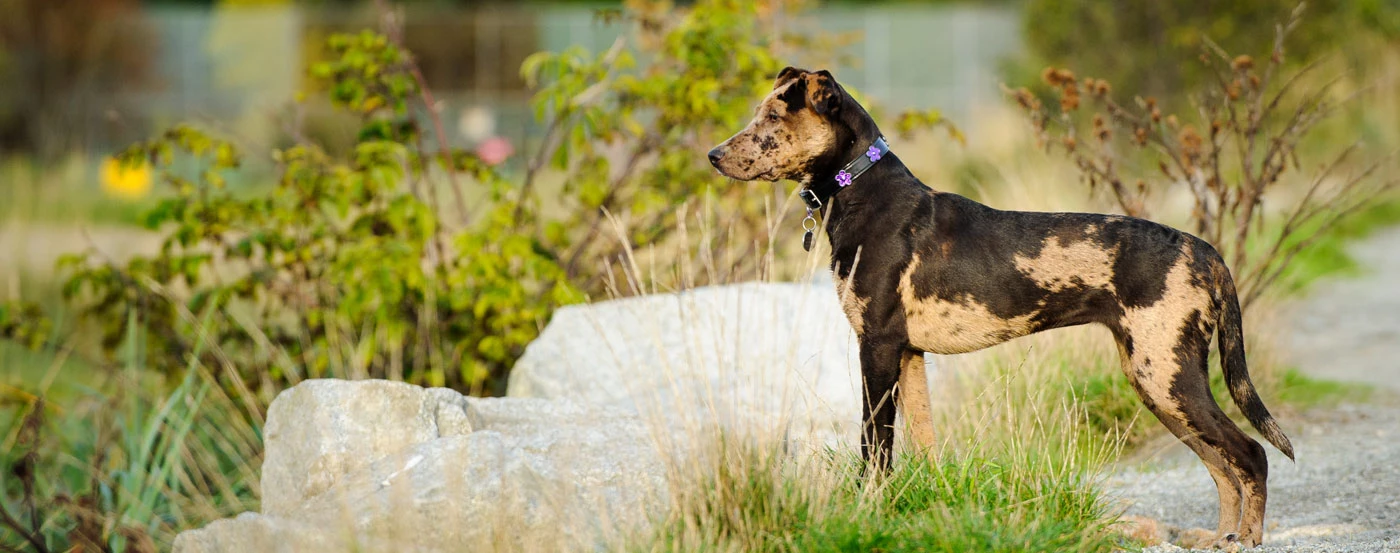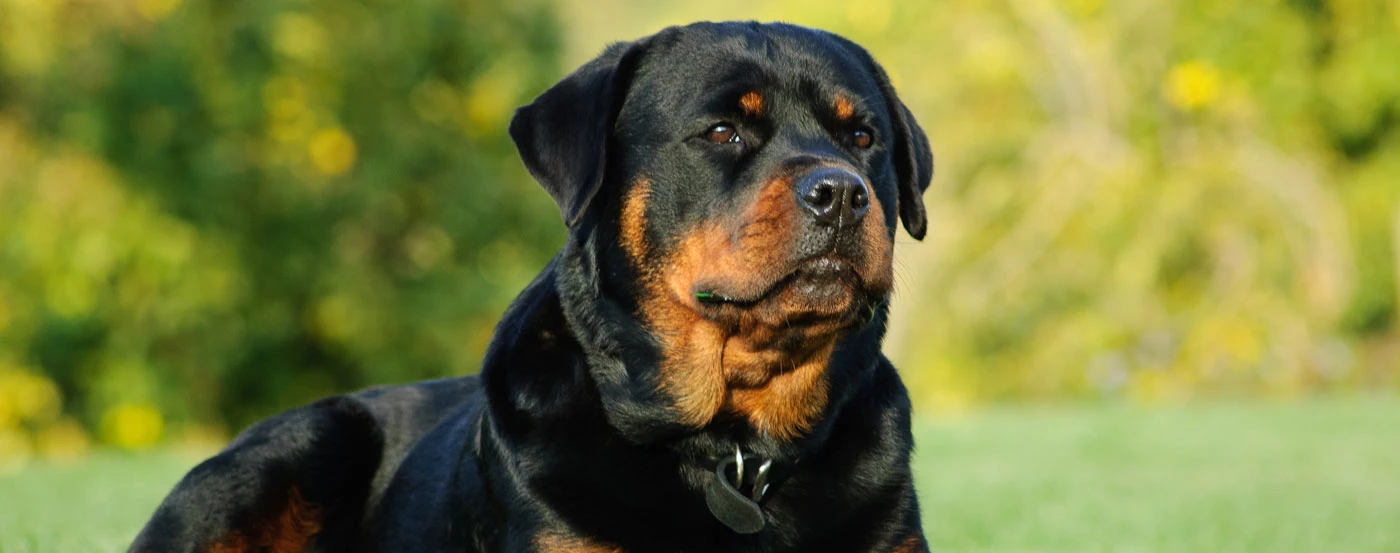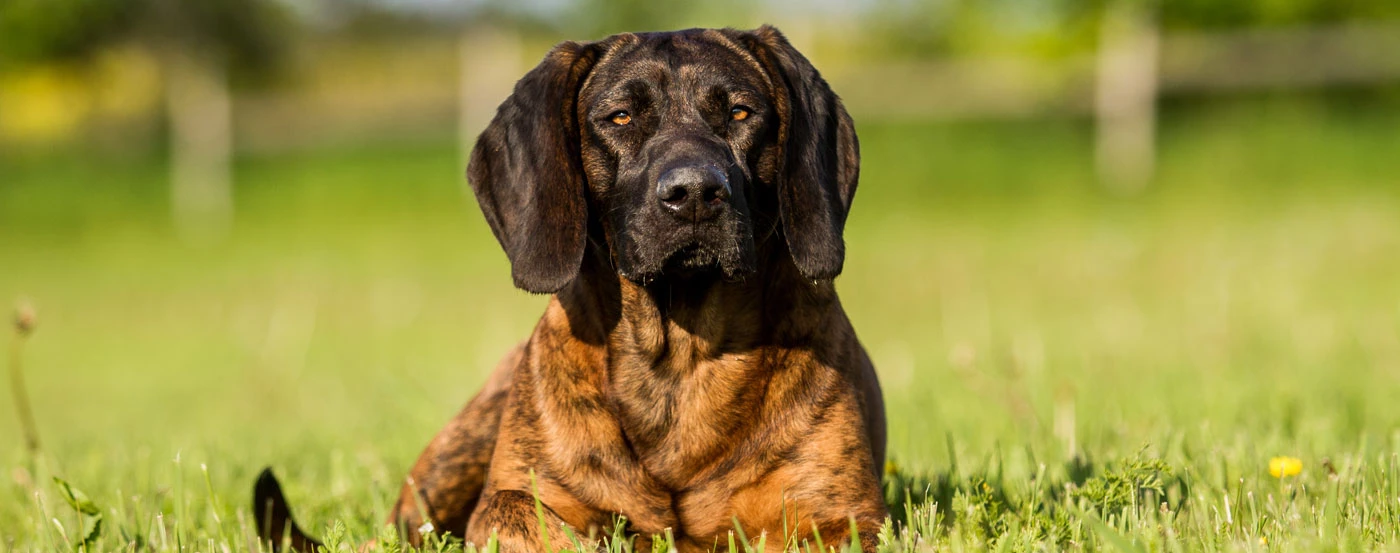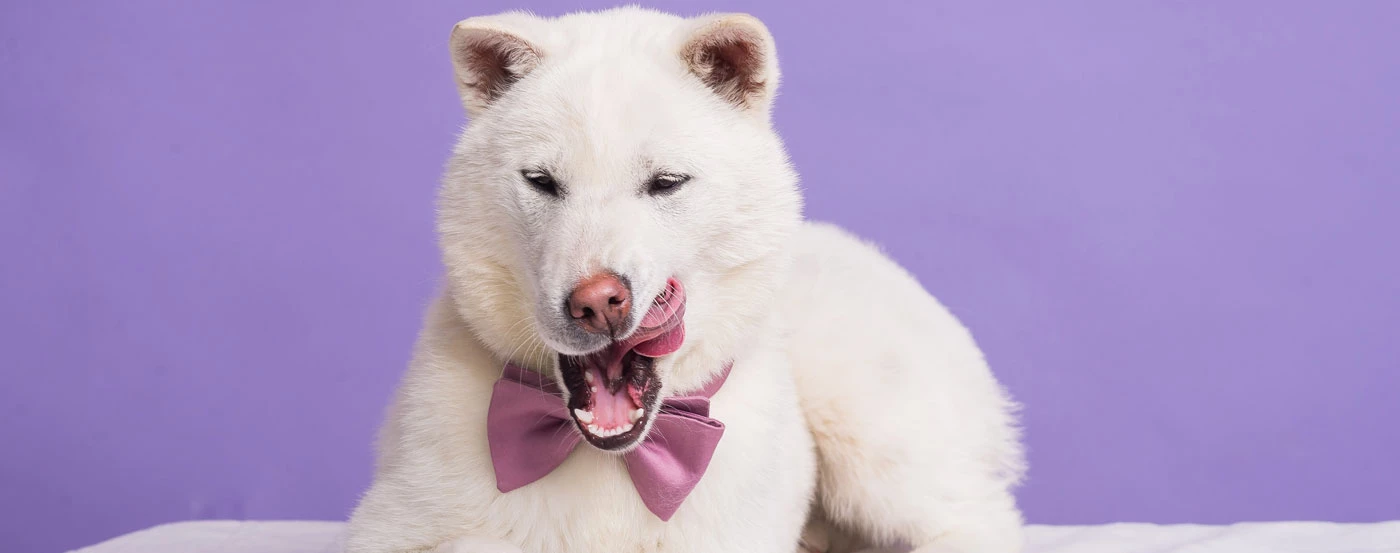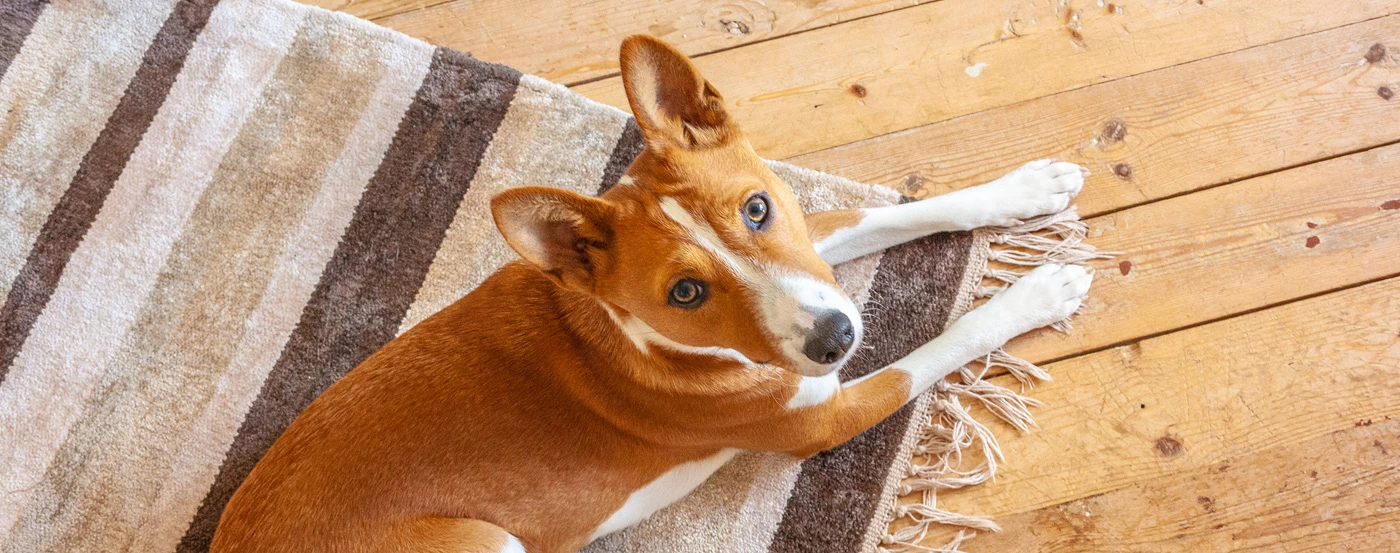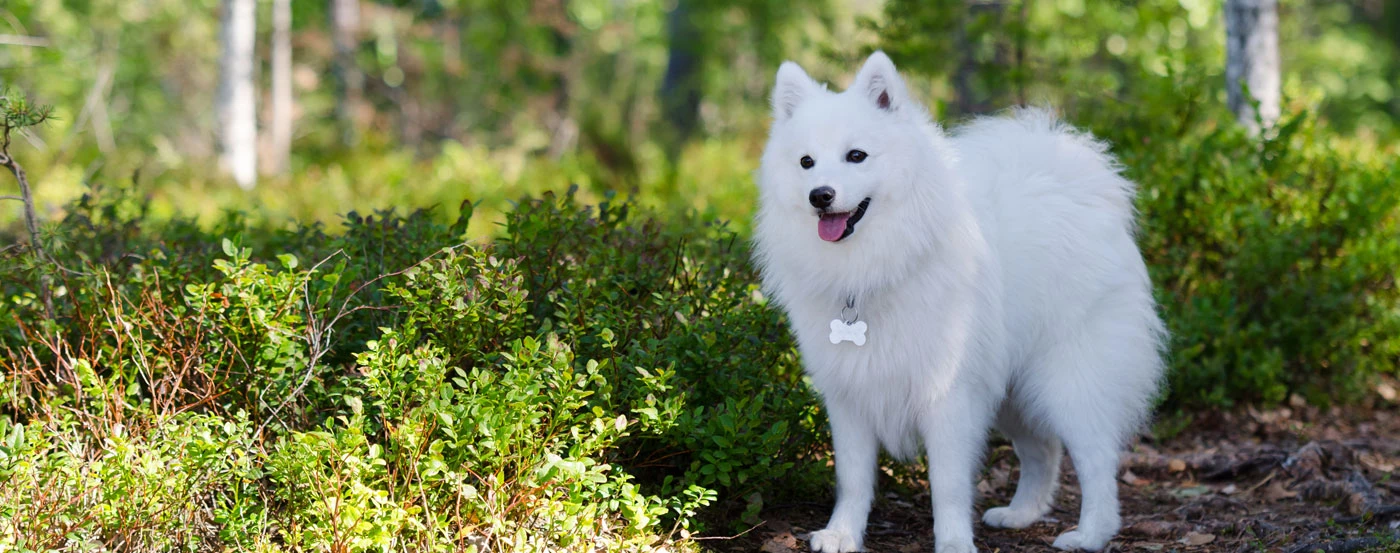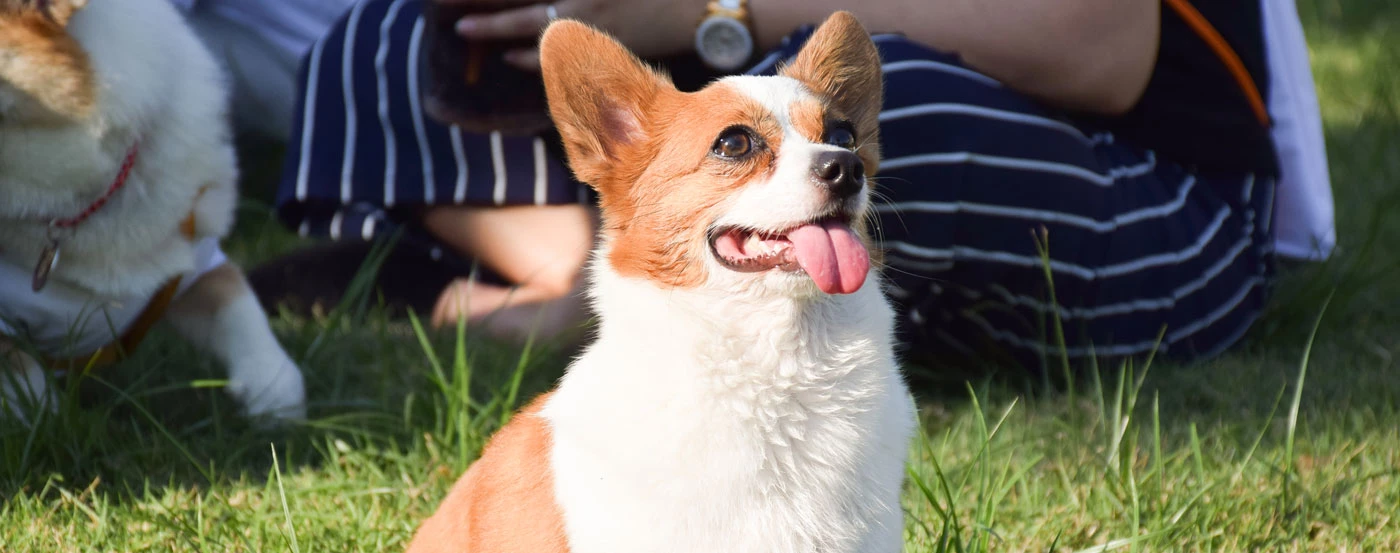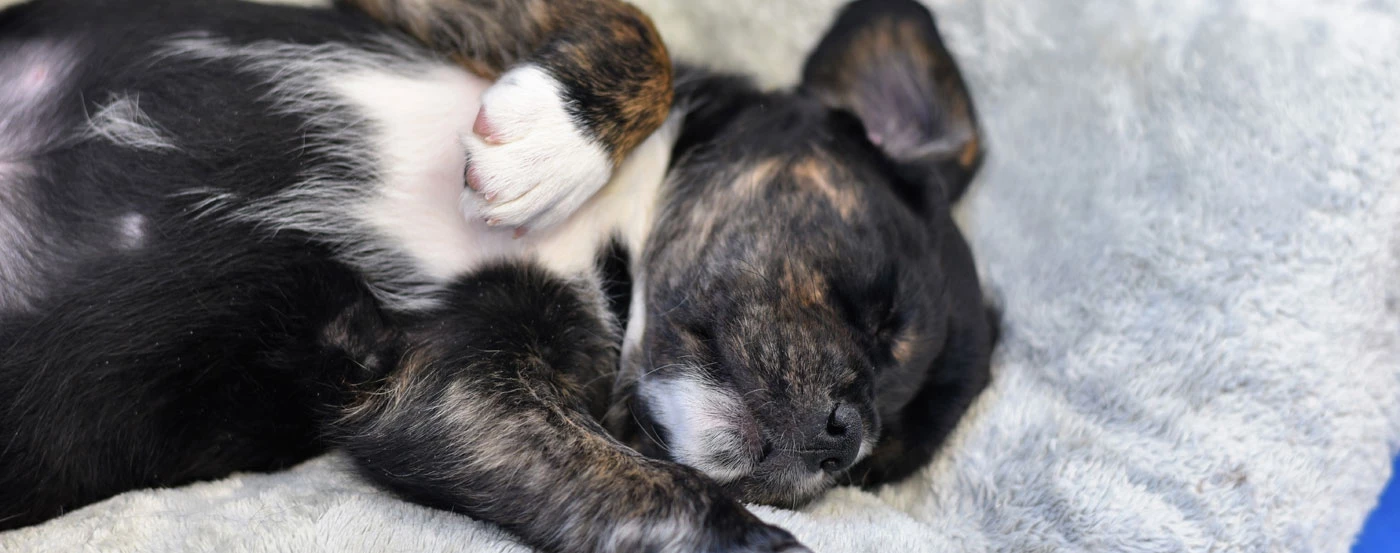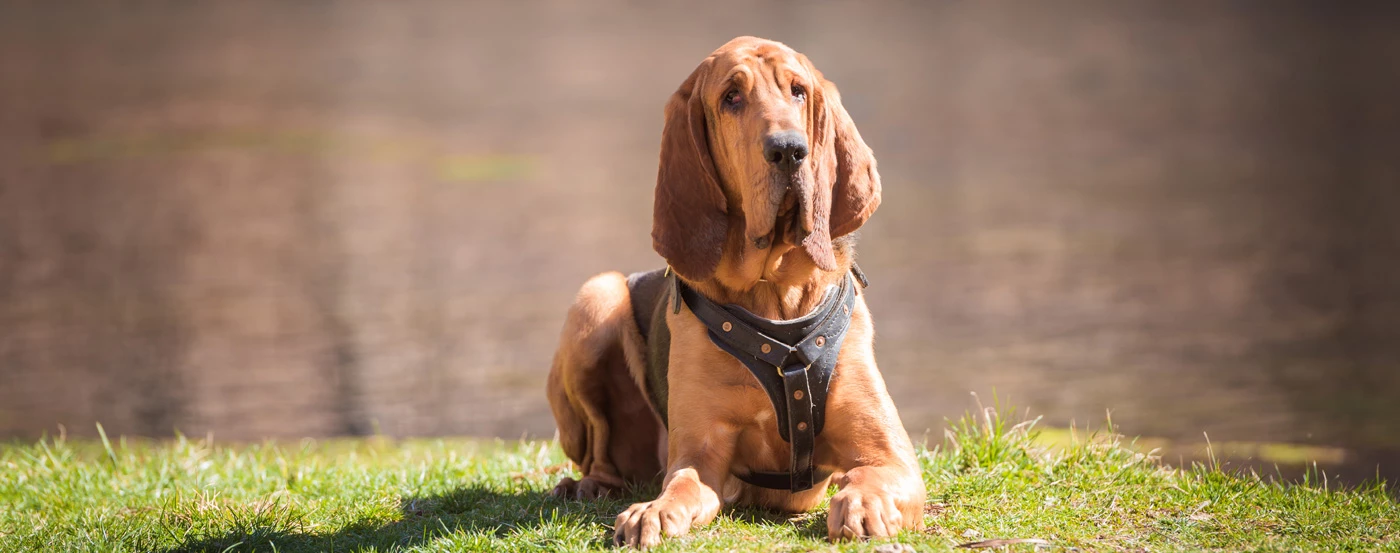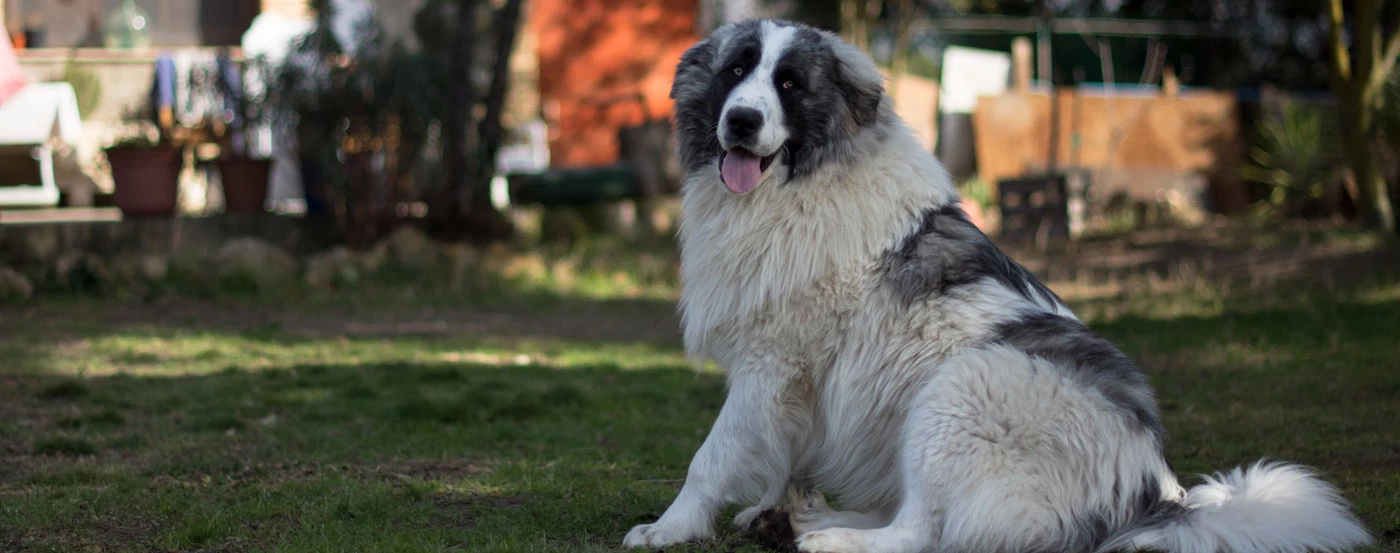About the Irish Setter
The Irish Setter has been one of the better dog breeds for families for many years now and if you're interested to find out why then you've come to the right place.
This comprehensive Irish Setter breed guide will cover all of the information you could need to know regarding the breed, such as their grooming, temperament and feeding needs.
Irish Setter Gallery
What is the history & origin of the Irish Setter?
Irish Setters unsurprisingly hail from Ireland where they were primarily used as gundogs before the popularity of the breed became more widespread.
The Irish Setter made an excellent hunting dog, as their great sense of smell allowed them to detect birds. Once they had detected a bird, a hunter would take the shot and the dog would set off and retrieve it.
The breed came about by Irish bird hunters looking to create an obedient and alert hunting companion, which they did by breeding Spaniels, English Setters and Gordon Setters. The result is the Irish Setter dog breed that we now have today.
Irish Setters were also one of the first breeds to gain recognition from the American Kennel Club back in 1878. Since then, the breed has become one of the most popular in the U.S.
Who are Irish Setter dogs best for?
While the Irish Setter was originally bred to be a gundog, they have become known for making especially good family dogs.
Despite their hunting background, the Irish Setter does not make for a good guard dog, they do, however, make excellent watchdogs as they are very alert and will bark to let their owners know if anything is out of place.
They are extremely energetic and boisterous and will therefore not be a good choice for people that live in apartments. The breed will likely turn your apartment into one giant playground, which will not be ideal for most owners!
Thankfully, the Irish Setter is known for being particularly friendly so prospective owners with other dogs and young children need not worry about introducing one to the family. It is; however, better to introduce your other dogs to an Irish Setter puppy, but there will likely not be any issues regardless.
If you have other pets like rabbits, it is better to not consider the breed, as while not all Irish Setters will chase small animals, many will owing to their hunting background!
If you are interested in bringing an Irish Setter dog home, you must have enough time to train them and keep them busy. If they are not mentally stimulated enough many Irish Setters will turn to digging, barking and chewing!
The breed will also be a great choice for anyone interested in dog sports, as Irish Setters excel in obedience and hunt tests and have even found success in other canine sports like dog shows.
How much grooming does a Irish Setter need?
If you are not a fan of dog hair then the Irish Setter probably isn't for you! The breed is known for shedding excessively, especially during shedding seasons.
The breed also requires nearly daily brushing to keep their coats shiny and to stop them from getting tangled. If you take your dog on any outings to parks or fields you will likely need to remove any debris that has become caught in their lush coats.
Their nails should be cut around once a month depending on whether or not they wear them down naturally. Their ears should also be checked weekly and cleaned with a cotton ball if they have become dirty.
Do Irish Setter bark much?
The Irish Setter can be prone to barking as a result of their hunting backgrounds. They can; however, develop a habit of barking excessively if they become bored.
This may mean that you need to exercise or stimulate your dog more. The behaviour should be trained out quickly before it becomes a habit as it could then become a common behaviour.
If this is not the case, then they will normally only bark to alert their owners of visitors or intruders.
Do Irish Setter bite?
Irish Setter puppies like many other dogs can be prone to biting and nipping. This may not seem like much of an issue while your dog is still young, but it can escalate into a much bigger problem.
It would generally be a good idea to take your dog to puppy kindergarten class to help train some of these behaviours at a young age before habits start to develop.
What is the temperament & personality of a Irish Setter?
Irish Setters are known for being some of the more friendly dogs in the dog world, which is likely why they often make excellent therapy dogs.
The breed can also be a great choice for a companion for older children as they are energetic and love to play.
As previously mentioned, they can be rather mischievous as they can remain puppylike for a good few years but this is not much of a cause for concern.
What is the weight & size of a Irish Setter?
Irish Setters are generally quite large dogs, which is why they are often not suitable for owners that live in apartments.
Irish Setters are normally between 63 and 69cm tall and weigh between 27 and 31kg.
How much training does a Irish Setter need?
Irish Setters may be known for being intelligent dogs; however, they can also be independent and mischievous, which can sometimes make training difficult.
Although, with some consistency, patience and obedience training, your Irish Setter could be an excellent candidate for dog sports.
If you're not so keen on getting into the competition, then potty training and kennel training will likely be a breeze if you give your dog enough treats and encouragement.
What are some of the most common health issues for a Irish Setter?
In terms of health, Irish Setters, like other dogs, are normally quite healthy dogs but are predisposed to certain health conditions such as:
Hip Dysplasia
Osteochondrosis Dissecans causes a painful stiffening of the elbow and shoulder joints. Thankfully, it can be detected at a young age.
Hypothyroidism
Canine Leukocyte is found in Irish Setters and impairs the immune system, which can cause reoccurring infections.
Epilepsy
Progressive Retinal Atrophy is a degenerative eye disorder that can eventually cause blindness. Your dog should therefore have its eyes checked annually by your vet.
Hypertrophic Osteodystrophy is caused by an excess of protein and calcium in a dog's diet. It can be treated by a vet but is rather difficult to diagnose initially.
Panosteitis affects the bones of young dogs from large breeds and causes inflammation of the bones. It only lasts a few months, but there is, unfortunately, no treatment for it.
Gastric Torsion
What is the lifespan of a Irish Setter?
If you choose to obtain an Irish Setter, then your energetic, friendly companion will be with you for around 11 to 15 years.
How much should you feed a Irish Setter?
The breed is relatively large and therefore requires around 2 to 3 cups of dog a day. This should be divided into two meals to prevent your dog from becoming overweight.
What is the price of a Irish Setter in Australia?
Irish Setter puppies can cost anywhere from $500 to $1200 depending on the bloodline of the dog you choose and the breeder you choose to deal with.
It is a good idea to check if the breeder is registered with your local Irish Setter Club. This can prevent you from supporting a puppy mill.
If you are okay with getting an adult dog, then it might be a good idea to look for an Irish Setter rescue organisation nearby, as it will also be significantly cheaper.
Pros
- Naturally not a messy dog
- Excels in many activities
- Stunning, unforgettable looks
Cons
- Very high exercise requirements
- Patience required to train
- Not suitable for small apartments
